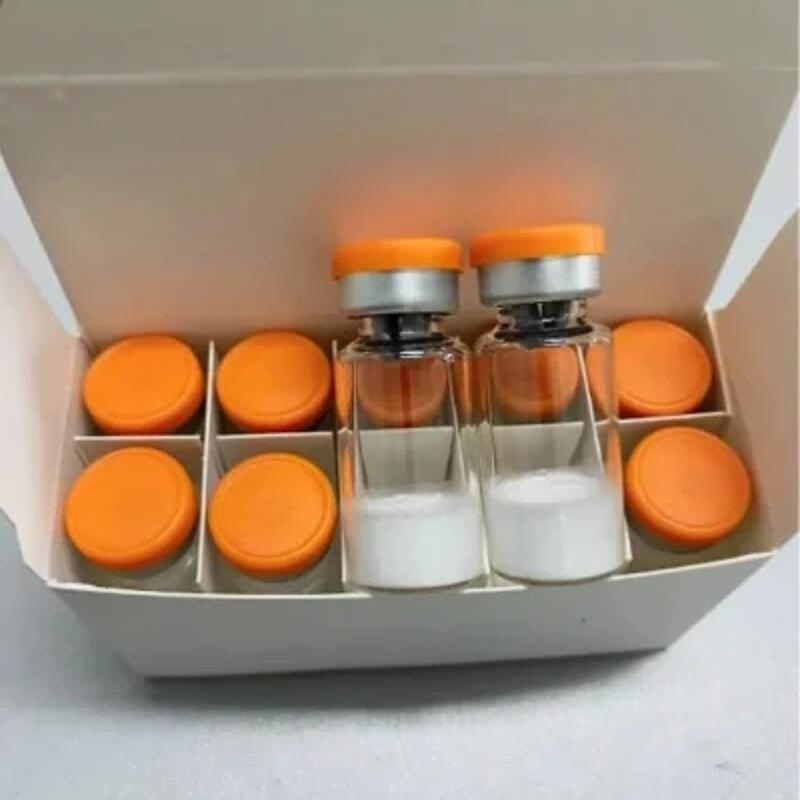-
Categories
-
Pharmaceutical Intermediates
-
Active Pharmaceutical Ingredients
-
Food Additives
- Industrial Coatings
- Agrochemicals
- Dyes and Pigments
- Surfactant
- Flavors and Fragrances
- Chemical Reagents
- Catalyst and Auxiliary
- Natural Products
- Inorganic Chemistry
-
Organic Chemistry
-
Biochemical Engineering
- Analytical Chemistry
-
Cosmetic Ingredient
- Water Treatment Chemical
-
Pharmaceutical Intermediates
Promotion
ECHEMI Mall
Wholesale
Weekly Price
Exhibition
News
-
Trade Service
2,6-bis(3-(9H-carbazol-9-yl)phenyl)pyridine, also known as BC2PC6, is a compound that has gained significant attention in the field of organic electronics due to its unique electronic properties and potential application in organic field-effect transistors (OFETs).
The synthesis of BC2PC6 has been a topic of extensive research, and several synthetic routes have been reported in the literature.
One of the most commonly used synthetic routes for BC2PC6 is the Suzuki-Miyaura coupling reaction.
In this reaction, a phenyl boronic acid is treated with a boronic acid derivative of 9H-carbazole to form a boronate ester, which is then treated with pyridine and palladium(II) acetate to form the final product.
This route is highly efficient, offering good yield and purity of the product.
Another synthetic route for BC2PC6 is the reaction of 2,6-dibromopyridine with 9H-carbazole in the presence of a base, such as potassium carbonate.
This reaction leads to the formation of a mixed boronic acid, which is then treated with a strong reducing agent, such as hydrazine, to form the final product.
In addition to the above-mentioned routes, other synthetic methods have also been reported, such as the reaction of 2,6-dibromopyridine with 9H-carbazole in the presence of a chloride source, the reaction of 2,6-dibromopyridine with 9H-carbazole in the presence of a metal carboxylate, and the reaction of 2,6-dibromopyridine with 9H-carbazole in the presence of a Lewis acid.
The choice of synthetic route depends on various factors, such as the desired yield, the cost of the starting materials, the availability of the necessary reagents and equipment, and the purity of the desired product.
In addition, the reactivity and stability of the intermediate species and the potential side reactions need to be considered.
The Suzuki-Miyaura coupling reaction is generally considered to be the most efficient and reliable route for the synthesis of BC2PC6.
In conclusion, the synthesis of BC2PC6 has been extensively studied in recent years, and several synthetic routes have been reported.
The Suzuki-Miyaura coupling reaction is the most commonly used method, offering good yield and purity of the product.
Other synthetic methods, such as the reaction of 2,6-dibromopyridine with 9H-carbazole in the presence of a chloride source, the reaction of 2,6-dibromopyridine with 9H-carbazole in the presence of a metal carboxylate, and the reaction of 2,6-dibromopyridine with 9H-carbazole in the presence of a Lewis acid, have also been reported.
The choice of synthetic route depends on various factors, and the reactivity and stability of the intermediate species and the potential side reactions need to be considered.




![9-[1,1'-biphenyl]-4-yl-3,3'-Bi-9H-carbazole](https://file.echemi.com/fileManage/upload/category/ac71ac0d-8ef6-11ec-89e5-fa163ed06441.png)


